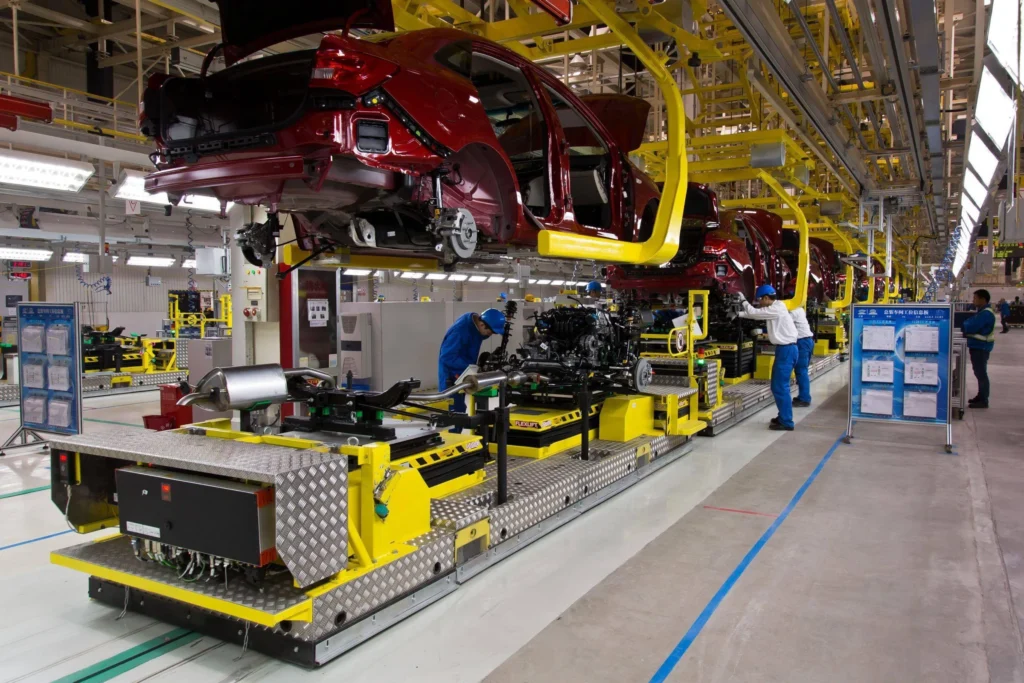The dawn of the 21st century marked a pivotal moment for China’s automotive industry. With the country’s accession to the World Trade Organization (WTO) in 2001, the sector experienced unprecedented growth and integration into the global market. This period saw the rise of domestic brands and a robust expansion within the industry, transforming China into a automotive powerhouse.
The Rise of a Global Automotive Leader
Since 2009, China has held the title of the world’s largest producer and consumer of automobiles for nine consecutive years. This remarkable achievement is a testament to the country’s economic prowess and the rapid expansion of its automotive consumer market.
Challenges Amidst Growth
Despite this meteoric rise, China’s journey to becoming a true global automotive power has been fraught with challenges:
- Heavy reliance on joint ventures with foreign companies
- Lack of critical technologies among Chinese brands
- Weak research and development capabilities
- Insufficient policy support for domestic enterprises
The strategy of trading market access for technological insights has not fully delivered the anticipated results, leading to widespread criticism of the traditional joint venture model.
The Resurgence of Domestic Brands
Towards the end of the 20th century, Chinese brands like Geely and Chery emerged, marking a resurgence of domestic automotive brands. By 2017, sales of Chinese-branded passenger vehicles accounted for 43.9% of the total domestic passenger vehicle market.
The Wiring Harness Industry: A Microcosm of Change
The rapid growth of the automotive market, particularly the rise of Chinese brands, has had a profound impact on the automotive wiring harness industry:
- Dramatic expansion in the number and scale of wiring harness enterprises
- Emergence of nearly a thousand first- and second-tier suppliers
- Annual output value approaching one hundred billion RMB
However, the industry still faces significant challenges:
- Dominance of foreign joint venture enterprises
- Low overall market concentration
- Fierce price competition
- Disparities among domestic manufacturers in terms of scale, management, and R&D capabilities
The Path Forward: Automation and Innovation
The future of China’s automotive wiring harness industry lies in automation and technological innovation:
- Transition from manual to semi-automated or fully automated operations
- Implementation of Manufacturing Execution Systems (MES) and Enterprise Resource Planning (ERP)
- Introduction of intelligent production support management systems
- Adoption of advanced warehousing management systems
As the industry continues to evolve, the gap between leading domestic manufacturers and their foreign counterparts is gradually narrowing. This progress signals a shift towards a more sophisticated and competitive automotive sector in China.
In conclusion, while China’s automotive industry has made remarkable strides, it still faces significant challenges in terms of technological independence and innovation. The ongoing transformation of the wiring harness sector serves as a microcosm of the broader changes sweeping through the industry, pointing towards a future of increased automation and technological sophistication.

